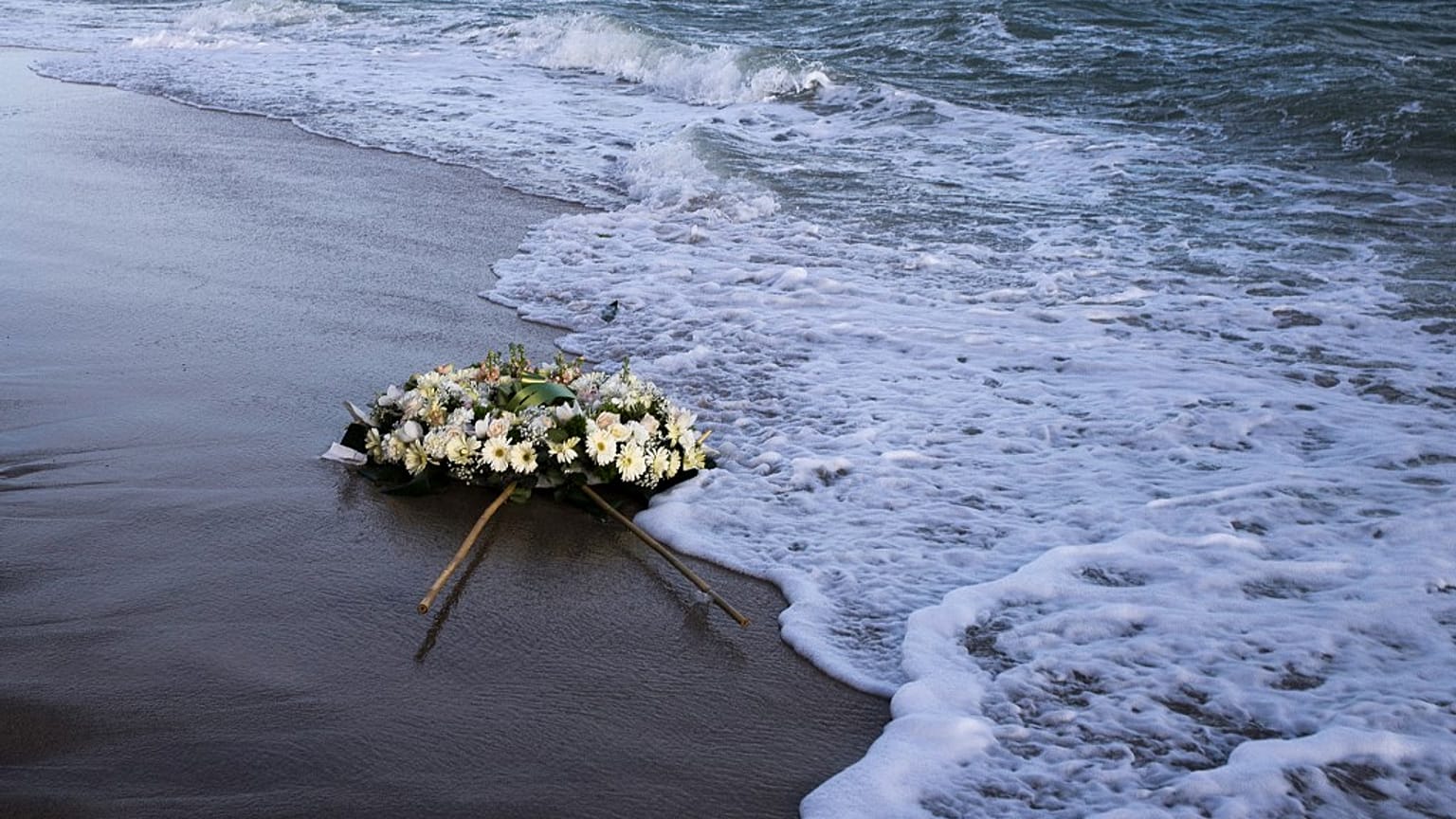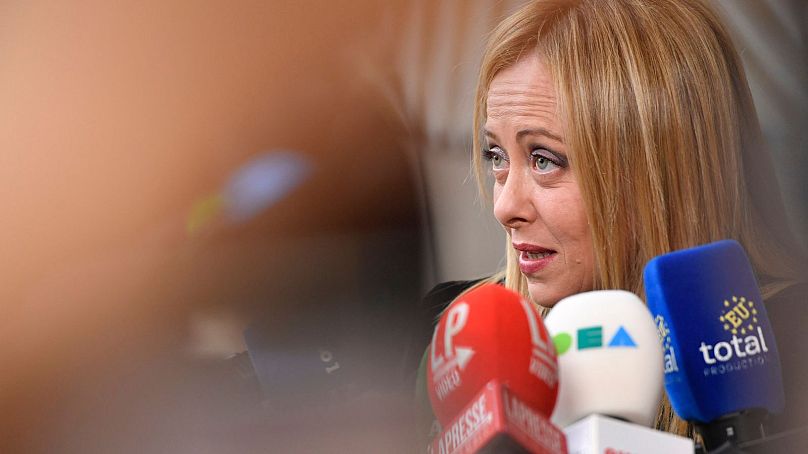The last time Italy resorted to this drastic measure was in 2011, before the European migration crisis.
On Tuesday, Italy declared a state of emergency over the “sharp rise” in the number of migrants arriving on the country’s shores through the dangerous Mediterranean route. It’s the first time Italy has resorted to such a drastic measure since 2011, the height of the European migrant crisis.
Italy’s Ministry for Civil Protection and Maritime Policies said the measure was necessary due to the surging numbers of people coming to Italy since the beginning of the year, plus overcrowding in facilities in hotspots like the tiny island of Lampedusa.
Since the beginning of the year, some 31,000 migrants have arrived in Italy according to data from the Interior Ministry - more than triple the year before. Many were either rescued by Italian military boats or humanitarian ships or reached Italy’s shores without any assistance.
The number of arrivals is expected to carry on soaring as the weather improves in the spring and summer, with 3,000 people making landfall in the last five days alone.
What will the state of emergency do?
The state of emergency -- which will last for six months -- will dispense initial funding of 5 million euros.
Giorgia Meloni’s right-wing government says this will be used to create “new structures, suitable both for sheltering as well as the processing and repatriation of migrants who don’t have the requisites to stay.”
New facilities will mean Italy can identify and repatriate more people who are not allowed to stay, as Rome continues its years-long effort to crack down on illegal immigration.
Known as CPR in Italy, they are marred with controversy. For years, NGOs and human rights groups have criticised what they call inhumane and degrading conditions inside migrant facilities.
While the last time Italy declared a state of emergency over illegal immigration was in 2011 -- during the fourth government of media tycoon Silvio Berlusconi -- the country has recently declared a state of emergency over other issues.
One was declared in 2020 over the COVID-19 pandemic, allowing for the government to mandate by decree and temporarily bypass the long parliamentary process for funding and regulations.
The ongoing fight to reduce arrivals
Meloni’s government is currently trying to pass a series of policies targeting migrants.
Measures under consideration will speed up the process of identifying and processing individuals who don’t qualify to stay in Italy.
They could also abolish or modify rules around the “special protection” status granted to asylum seekers who can't be considered refugees but can’t be expelled because they're considered at risk.
Though requirements around “special protection” status used to be strict, a 2020 reform extended it to anyone who suffers persecution in their country of origin because of race, sex, gender, identity, citizenship, religion, political opinion, and personal or social conditions.
In 2022, some 10,000 people qualified for special protection status in Italy.
Meloni's government claims restricting access to it will deter migrants from making the perilous journey from North Africa to Italy, which would help prevent tragedies like the one near Cutreo, in the southern region of Calabria, when 93 died after a horrific shipwreck in Feburary.
A cry for help to the EU
The Italian government says the state of emergency is just a temporary fix to a problem which requires a European-wide solution.
According to Matteo Salvini, now Deputy Prime Minister, “Europe needs to wake up and intervene: for years it has been talking without ever moving a finger, and now it’s the time to show that there’s a community, a Union, and solidarity doesn’t fall just on Italy, Spain, Greece or Malta.”
The far-right politician called for Europe to contribute to Italy’s efforts to cope with migrant arrivals, saying that rescue efforts, as well as processing procedures, are unsustainable for the country “economically, culturally, socially.”
But while European Commission President Ursula von der Leyen recently declared that “it is clear that migration is a European challenge that requires a European solution,” Italy says it has not yet received the support it needs to face the growing influx of migrants.
Euronews has contacted Italy’s Ministry for Civil Protection and Maritime Policies for comment.
















